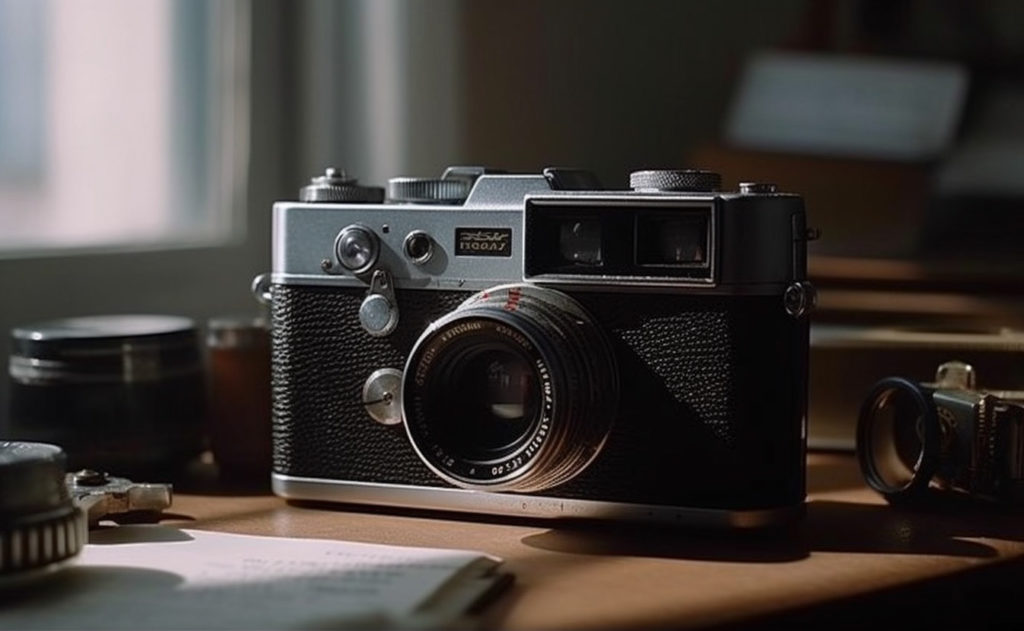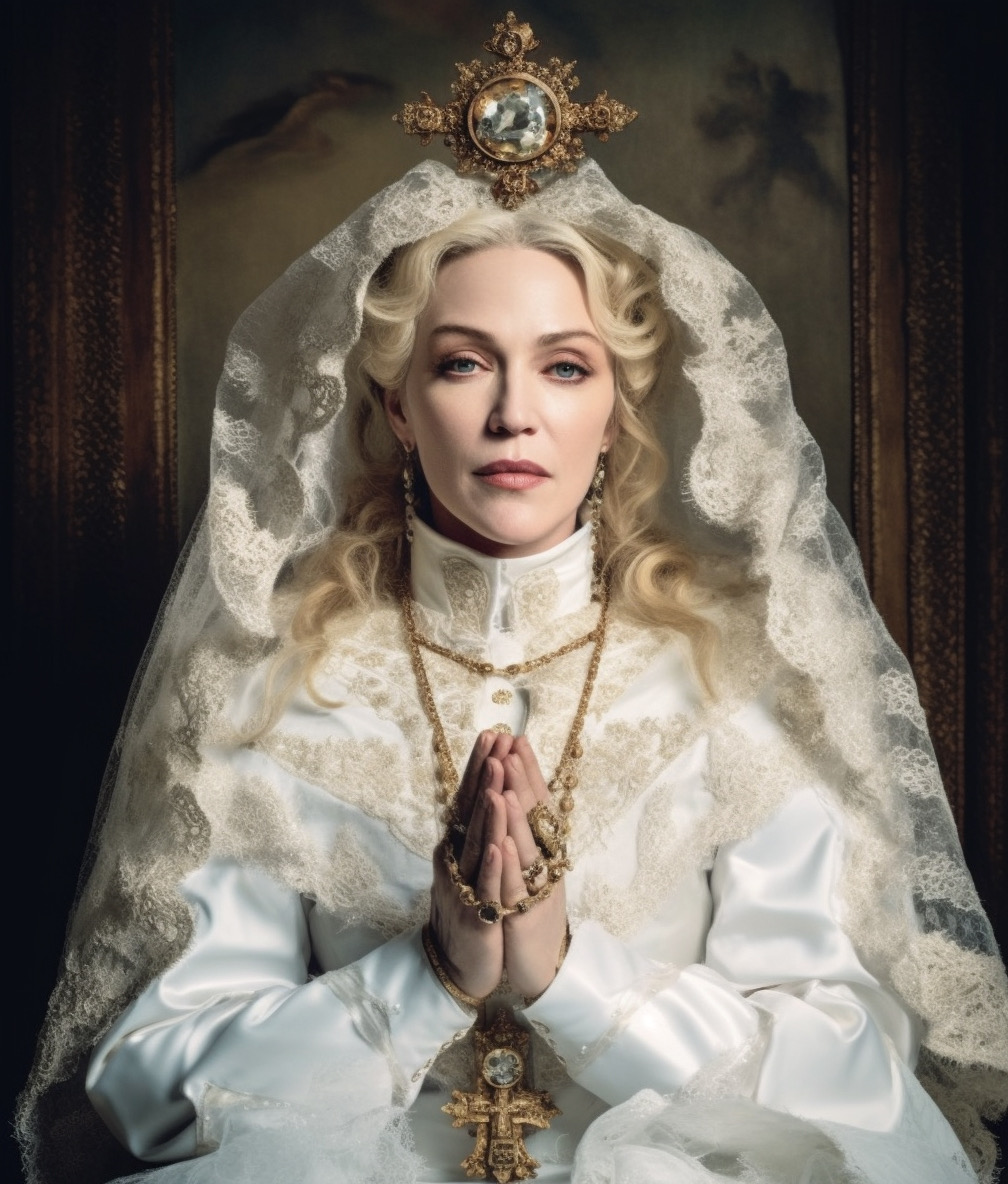
In a world where digital photography dominates, the art of analog photography may seem outdated. However, there is something special about capturing an image on film that cannot be replicated by technology. Analog photography requires a certain level of skill and patience, but for many photographers, the rewards are worth the effort. In this article, we will explore the art of analog photography, the time and effort involved, the unique qualities of film, and the rewards of going analog.
The Art of Analog Photography
Analog photography is more than just taking a picture, it is a form of art. It requires an understanding of composition, lighting, and exposure. Each frame is carefully considered before being captured on film. The process of analog photography is slower and more deliberate than digital photography. Photographers must take the time to focus, adjust their settings, and frame their shots. This level of care and attention to detail can result in images that are more thoughtful and intentional.

The Time and Effort Involved
Analog photography requires a significant investment of time and effort but also a financial investment with each film. Unlike digital photography, where you can take hundreds of shots and review them instantly, with analog photography, each frame counts and costs. Photographers must carefully consider each shot before pressing the shutter button. Developing a film is a time-consuming process and often a financial burden, depending on where you live and how many laborers can develop your films. Each roll must be carefully loaded into a developing tank, and chemicals must be mixed and applied in the correct order. Then, the film must be hung to dry before it can be scanned or printed. Despite the time and effort involved, many photographers find the process to be meditative and rewarding.
The Unique Qualities of Film
One of the most significant advantages of analog photography is the unique qualities of film. Film has a different texture and tone than digital images. The grain and imperfections in film can add character and depth to an image that cannot be replicated with digital technology. Additionally, each type of film has its own unique characteristics. Some films are known for their vibrant colors, while others are prized for their ability to capture subtle nuances in tone and contrast.
The Rewards of Going Analog
For many photographers, the rewards of analog photography far outweigh the time and effort involved. Analog images have a timeless quality that digital images sometimes lack. They can transport the viewer to a different era or evoke a sense of nostalgia. Additionally, the process of analog photography can be a form of self-expression. The limitations of a film can force photographers to be more creative and intentional with each shot. Finally, there is a certain satisfaction in holding a physical print in your hand, something that cannot be replicated with a digital image.
In conclusion, analog photography may require more time and effort than digital photography, but for many photographers, the rewards are worth it. The art of analog photography requires a certain level of skill and patience, but the unique qualities of film and the rewards of going analog make it a worthwhile pursuit. Whether you are new to photography or a seasoned professional, taking the time to explore the world of analog photography can be a rewarding experience. I for myself digitalized my analog medium format camera to save time on the development of films and still keep the process of taking photos as I would do analog.






No Comments